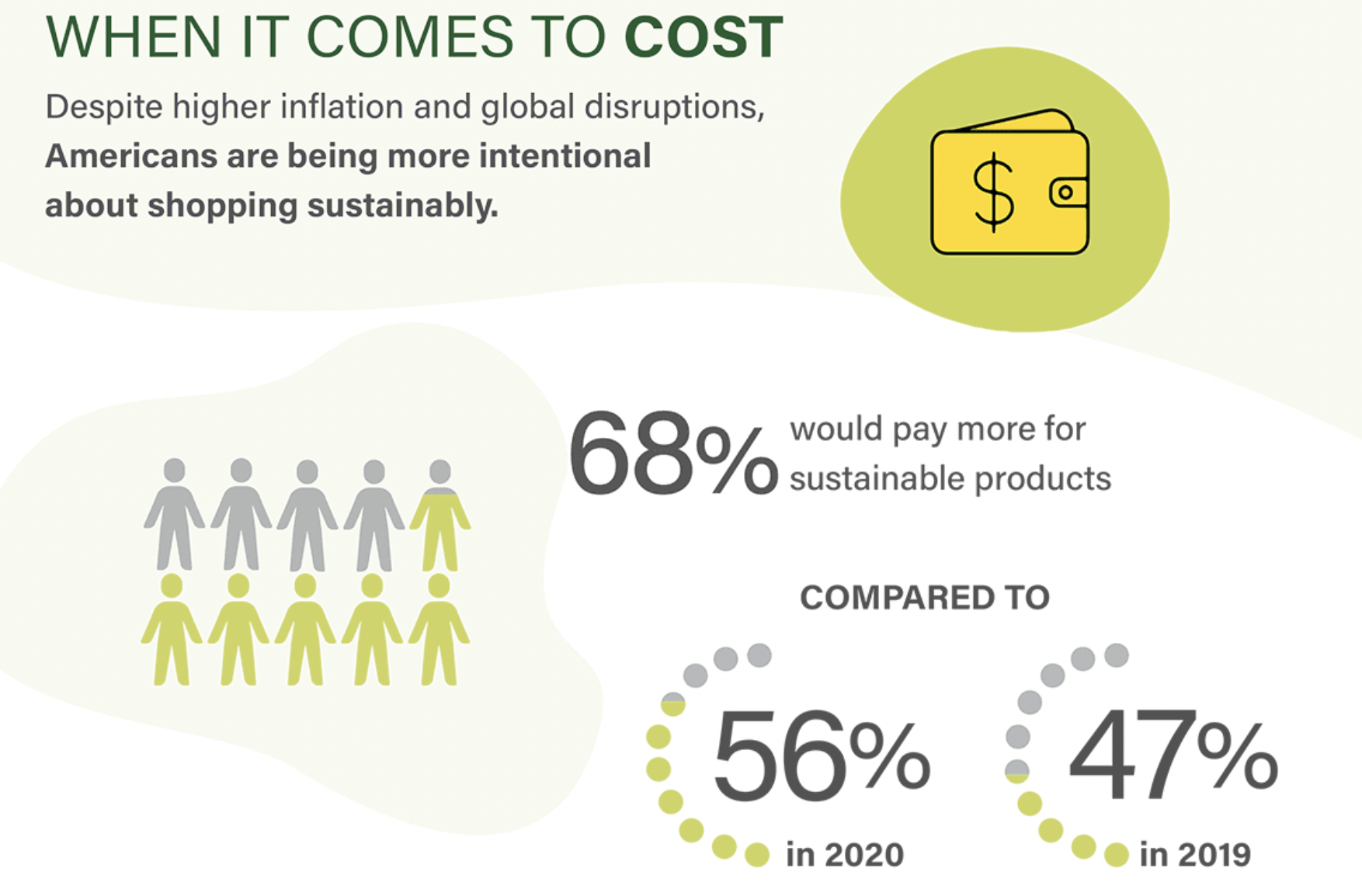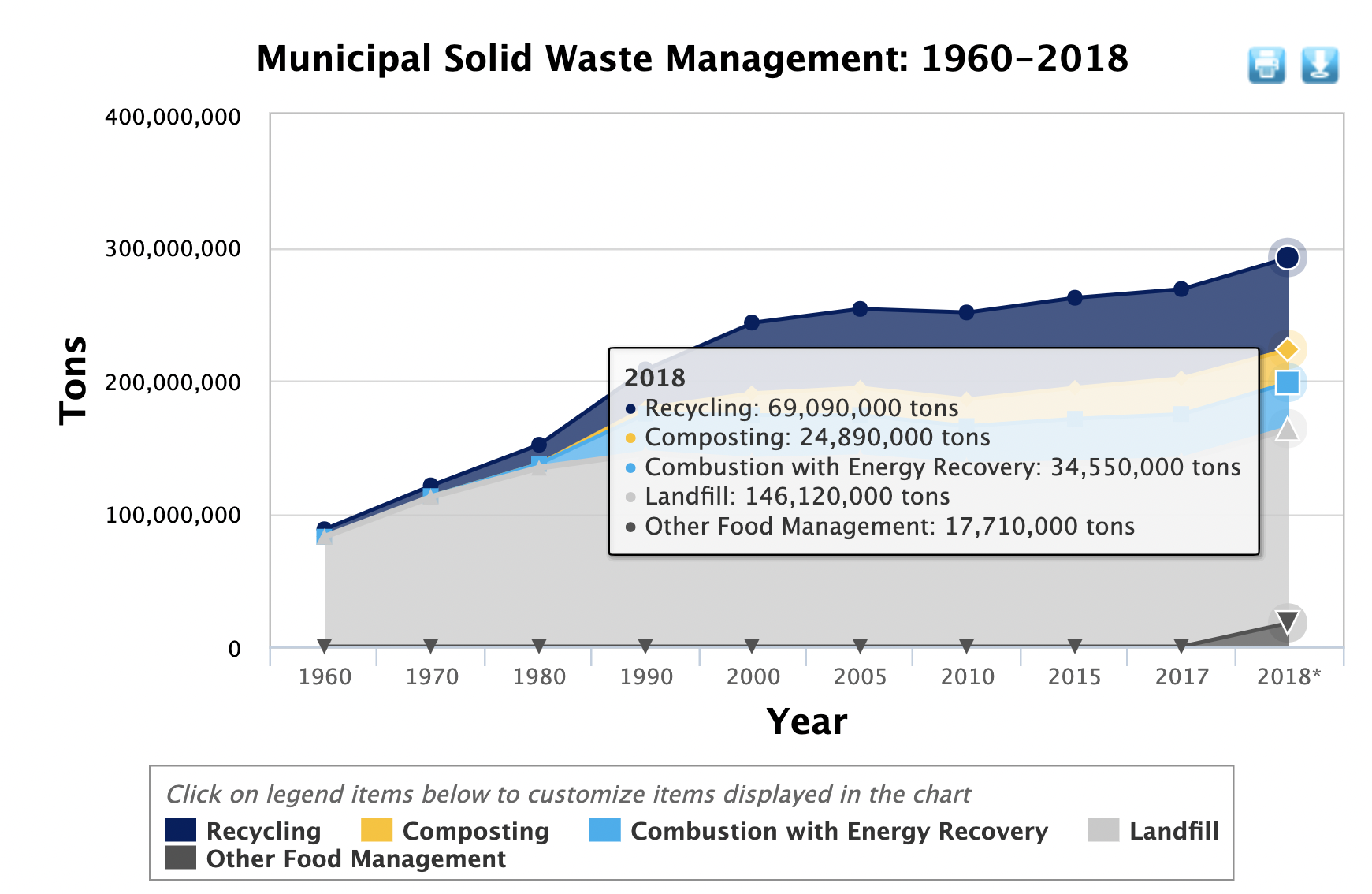The Forward Thinking Reverse Logistics? Let’s Talk Revolution
By Nicholas Isasi, DM Transportation
When a customer has a return, the long-standing practice is to ship that return back to your vendor, warehouse or even drop it at a store.
As an Evil Movie Doctor would say … “How about no?!”
There is an innovative, progressive way to manage your returns that significantly reduces your logistics, labor and warehousing costs. Additionally, this solution presents a much higher recovery rate on recommerced items, but the best part is it also enables you to make meaningful social and economic impacts that are measurable and quantifiable. Perhaps, most importantly, your customers will be significantly more satisfied, leading to an exceptional return experience which, in turn, will lead to increased consumer loyalty, brand advocacy, and more sales.
Right now, you may be looking around for the magic lamp with the genie in it to appear and make all this happen. The good news is that no genie is required, just some ingenuity!
THE FIRST KEY TO SUCCESS: DON’T GO ALL THE WAY(BACK)
It’s important to go all the way and all in on your efforts to build the best return program for your customers and your company, but that means avoiding shipping your returned goods all the way back to their point of origin. In order to reduce your logistics, labor and warehousing costs significantly, you should be thinking more locally – more specifically, Hyperlocally. What is Hyperlocal? Glad you asked! Hyperlocal means actively keeping the return in the same market it is recovered. By not shipping it back to your vendor or warehouse, you immediately reduce your logistics, labor and warehousing costs. You'll no longer need to allocate space and additional costs to returned goods that have an unclear life cycle path post-return. Your team’s time is too valuable to be spent sorting through and trying to make heads or tails of mountains of returns that seem never-ending. Plus, with no additional shipping there is no additional shipping cost. Lastly, reduced shipping and handling also greatly reduces incidents of damage on good returns, especially on large and delicate items. The consumer received their delivery packaged and prepared for transport, but your return, not so much. Most likely it's been unwrapped by the consumer, and the packaging has been thrown away. Items may have been partially or fully assembled. In that scenario, how does the consumer ship it back to where it came from in one piece and without damage? The answer is… they generally don’t.
THE SECOND KEY TO SUCCESS: DIG INTO THE DATA
Now that you have all these returns which you aren’t going to pay to ship back, try to process and store, what’s next? There are many paths for the returns but typically the optimal disposition path is determined by two factors: product condition and cost. Mining the data will help determine which solution works best. If the product is returned in good condition and the value is greater than your Hyperlocal costs, recommerce is the ideal path. If your returned product is not in good condition and/or the value is lower than your Hyperlocal costs, donation and mixed recycling are the two best avenues to pursue. What’s great about the data is you already have useful metrics, and you already know how to use it to predict likely outcomes. This will be a key component in your ESG planning.
THE THIRD KEY TO SUCCESS: FOCUS ON THE K.I.D.S.
This means Keep Its Disposition Simple. I have an expression I use (probably way too often) that goes like this: “Crawl, Walk, Run.” In this current climate of racing to the finish line, it is easy to become overwhelmed and fatigued trying to reach goals quickly. Revolutionizing your returns program works best when you “crawl” into it by keeping the disposition paths of your returns simple. Don’t try and test, repair, repackage, etc., etc. all of your returns at the start of your program. Keep the initial path simple so it can be easily executed, refined, and expanded upon when you move to the “walk." Keep your options simple. For example, don’t start with every zip code in the US, or with 19 different partners to handle the recovery, disposition, recommercing, donating and recycling of your recovered goods. That’s a quick path to being overwhelmed and the revolution falling apart. Once you’ve used these three keys to unlock your returns revolution it is critical that ongoing measurement is maintained to quantify and refine your actions. Transportation cost reduction, hyperlocal recommerce recovery, landfill avoidance, CO2 emission reduction and product donations are all real, trackable, and reportable categories that will make a meaningful impact on your organization from the C-suite all the way to your customers. Changing the “we’ve always done it this way” paradigm is possible when you take a revolutionary approach.
THE BACKBONE OF ANY SUCCESS STORY: YOUR CUSTOMERS
Consumers vote with their wallets and have access to loads of information with the click of a mouse. So, what is it your customers are looking for? Sustainability, ease of use, ease of return, and basically, they like to be, “seen.”
“But how do I know what they’re looking for?” According to an article recently published by Forbes, “... nearly 90% of Gen X consumers said that they would be willing to spend an extra 10% or more for sustainable products, compared to just over 34% two years ago.” Forbes, “Consumers Demand Sustainable Products And Shopping Formats,” Mar 11, 2022.1
Sustainability isn’t just packaging and CO2 emissions, it is full product life consideration, and this is where revolutionizing returns can make a difference for you and your customers. Recommercing presents an easy and impactful sustainability solution, while also encouraging an increase in sales. By extending the end-of-life of your product, and generating a second revenue through recommerce, your COGS become stabilized. A January 2022 article states, “Indeed, it’s wise to offer shoppers as many online and offline options as possible to meet them where they are in the customer journey. Recommerce also offers new relationship-building opportunities for keeping customers updated about a recent transaction, whether that means the e-delivery of gift cards for resale programs, the dollar amount remaining on such an e-card, tracking the delivery of an online order or the status of a refund for a returned product.”2
Consumers are not generally excited to sell and ship a large-item return. For many, the idea of having to disassemble, repackage, and ship a product to a potential seller is daunting. Can you imagine a customer who lives on the top floor of a three-story walkup trying to navigate selling their used dining room table, treadmill or refrigerator? Even if they are able to remove it from their building without injury, I can envision the multiple nicks, scrapes and marks that will happen to both the product and the interior of their home along the way. Not to mention the time keeping the item in their home, waiting for an interested buyer who: is willing to pay what the product is worth, is available to collect the item during a time that works for the customer, and who doesn’t ghost your customer. Your customer’s experience is yours to navigate long after the initial sale. By providing them with in-home recovery options, you’re not only building a loyal customer, but a brand ambassador as well.
"HOW DO YOU EAT AN ELEPHANT? ONE BITE AT A TIME.”
With all the talk around sustainability, ESGs and corporate responsibility, researching how to begin that journey is quickly met with an avalanche of information. What formula works best? What parts of a business need to be considered in ESG plans? Why are there three Scopes and what do they mean? Guess what? You don’t have to figure it all out all at once. Remember Crawl, Walk, Run? It works with ESGs, too. Luckily, one of the easiest ways to begin your ESG journey is through shipping reduction. We at DM have a saying, “we are the shipping 3PL that doesn’t like to ship.” Despite that sounding contrary to purpose, what we really mean is we are the shipping company that doesn’t like unnecessary shipping. One thing we’ve learned time and time again is that reducing the volume of unnecessary shipping, whether through consolidation or hyperlocalism, provides incredible opportunity for our clients, our agents, and your customers.
Here’s the even better news – it pays to be ESG savvy. The “2022 Retail & Sustainability Survey,” conducted by CGS earlier this year, shows 68% of American Shoppers would pay more for Sustainable Products.
Source: https://www.cgsinc.com/en/resources/interest-sustainability-surges-consumer-products

But it’s not just about the how, it’s also about the why. According to the EPA.gov website, in 2018 the US had 146M tons of landfill waste.
Source: https://www.epa.gov/facts-and-figures-about-materials-waste-and-recycling/nationaloverview-facts-and-figures-materials#Landfilling

The Return Logistics Revolution isn’t just a quirky marketing idea – it's the newest player in the Triple Bottom Line. Having a program that connects the dots of consumer satisfaction, environmental impact, and fiscal benefit will help your company stay top of mind, and your stakeholders happy. Taking the first step of your journey should be supported by a partner who takes into consideration your needs, your client’s needs, and the positive impact that comes from the changes you’ll make. The journey is a lot less daunting with a great guide. Take the first step, and start your crawl, walk, run with revolutionary reverse logistics.
SOURCES:
1- Forbes, “Consumers Demand Sustainable Products And Shopping Formats,” Mar 11, 2022
https://www.forbes.com/sites/gregpetro/2022/03/11/consumers-demand-sustainableproducts-and-shopping-formats/?sh=28a62046a062
2- Retail Touchpoints, “What Recommerce can Teach Retailers About New Consumer Behaviors and Future-Proofing Sales”
https://www.retailtouchpoints.com/topics/sustainability/what-recommerce-can-teachretailers-about-new-consumer-behaviors-and-future-proofing-sales
 Nicholas Isasi
Nicholas IsasiA 26-year veteran in Supply Chain Logistics, Nicholas draws from past experience to create quality, custom-tailored solutions for all types of businesses. With his drive and determination, Nicholas ensures exceptional
service to clients and their customers alike. Nicholas and his team have a shared passion for, "the next level,"
and work together to better the industry as well as the community.